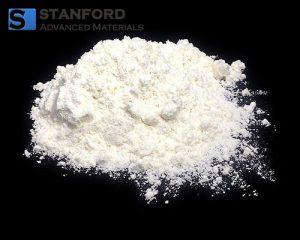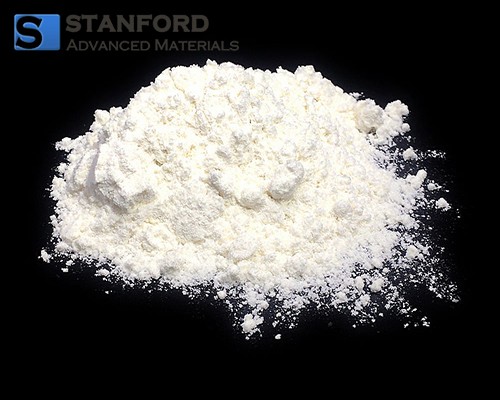Zirconium sulfate is an important compound that has numerous industrial applications, such as in water treatment, cosmetics, and pharmaceuticals. The process of preparing zirconium sulfate from zircon involves several steps, including alkali decomposition, preparation of zirconium sulfate solution, and precipitation of acidic zirconium sulfate. This article will explore these steps in more detail, including the different methods of alkali decomposition, the preparation of zirconium sulfate solution, and the acid zirconium sulfate precipitation process.
Step 1: Alkali decomposition
There are three methods of alkali decomposition: sodium hydroxide fusion, sodium carbonate sintering, and lime sintering. The sodium hydroxide fusion method uses zircon and sodium hydroxide at a low temperature to achieve a high decomposition rate. The sodium carbonate sintering method involves sintering zircon and sodium carbonate at a high temperature and requires sulfuric acid for leaching. The lime sintering method uses zircon, limestone, and calcium chloride at a high temperature to achieve a moderate decomposition rate and requires hydrochloric acid or sulfuric acid for leaching. Each method has its advantages and disadvantages in terms of cost, efficiency, and process requirements.

Step 2 Preparation of zirconium sulfate solution
The alkali decomposition products of zircon obtained by washing with water and filtering are leached with sulfuric acid. During the leaching process, the zirconium in the alkali decomposition product turns into zirconium sulfate and goes into the solution, while the silicon turns into insoluble silicic acid. Sulfuric acid leaching is usually carried out in enameled reaction pots. First, a solution containing 50% H2SO4 is added to the reaction pot, heated to close to the boiling point, and then the required amount of alkali decomposition product is added while stirring. After the reaction, water is added to the specified total volume, then heated to close to the boiling point, and gelatin is added to thicken the silicic acid. The mixture is then filtered to remove silicon and other impurities. The concentration of sulfuric acid in the leaching solution is generally controlled at 2mol/L, and the leaching solution contains ZrO2100g/L, approximately 100g/L. This process is easy to operate, fast to filter, and produces a clear filtrate with a high zirconium leaching rate. It is also possible to use a calculated amount of concentrated sulfuric acid to react with the alkali decomposition product under stirring, followed by leaching with water. This method yields good leaching results, but the operation is more complicated.
Step 3: Acid zirconium sulfate precipitation
The solubility of zirconium in sulfuric acid solution depends on the acidity of the solution. Precipitation of zirconium sulfate crystals from zirconium sulfate solution generally adopts the method of evaporation and concentration. A good crystallization product can only be obtained by controlling the concentration and acidity of the evaporating liquid. Therefore, concentrated sulfuric acid is added in production to increase the acidity of the zirconium solution.
Conclusion
The preparation of zirconium sulfate from zircon is a complex process that involves several steps, including alkali decomposition, preparation of zirconium sulfate solution, and precipitation of acidic zirconium sulfate. Each step requires careful attention to detail and precise control of various process parameters to ensure a high-quality product. Despite its complexity, zirconium sulfate is an important compound with many industrial applications, and the preparation process outlined in this article is an essential part of its production.
For more information, please visit https://www.samaterials.com/70-zirconium.html.
